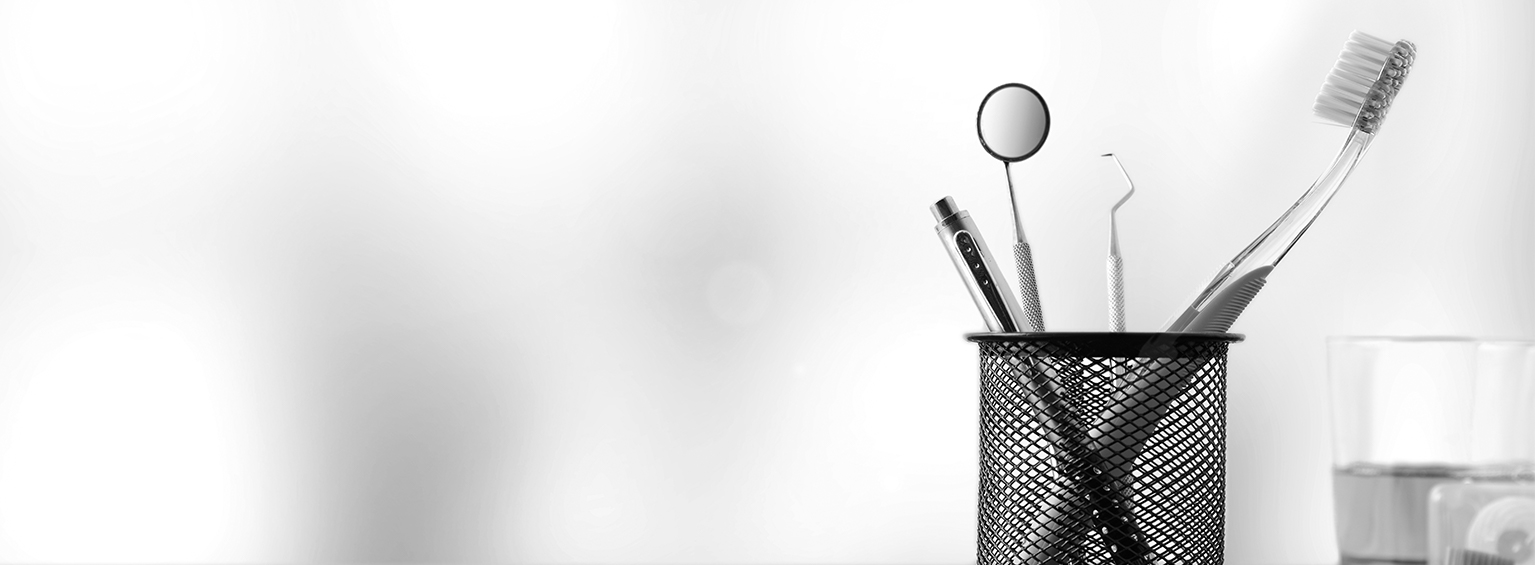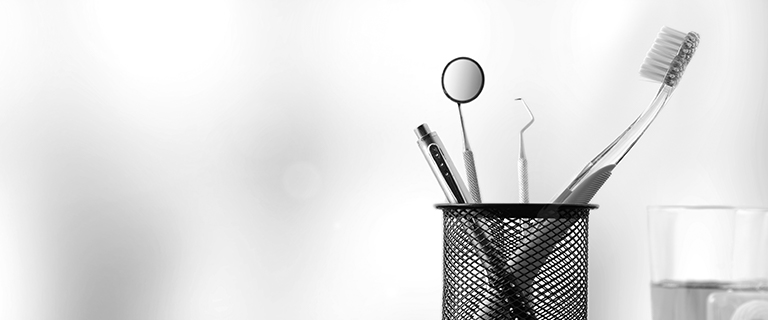Are teeth X-rays necessary?
X-rays complement visual examinations and allow dentists to better perform diagnoses. They are used to detect tooth decay, especially when cavities are located in between teeth, cancerous lesions, infections at the tips of roots, cysts, bone loss or joint deterioration. They also serve to assess the position of roots and teeth. In short, X-rays allow dentists to observe elements that are invisible to the naked eye and to establish highly precise diagnoses. Today, X-ray safety is a minor issue, because the radiation levels generated by digital radiology are 90% lower than those of conventional radiology.
How do detartaring and polishing work, exactly?
These procedures are used to remove excessive plaque and tartar, as well as stubborn stains from teeth. Sometimes, gums need to be treated before a cleaning can be performed. If that is the case, your hygienist will give you the necessary adjuvants to use prior to your next appointment for a cleaning.
What does my dentist look for during an examination?
The dentist examines your teeth, jaw, TMJ (temporomandibular joint), occlusion and smile. They also observe the soft tissue of your mouth, such as your tongue, to check for suspicious or cancerous lesions. Once this is done, your dentist may propose various ways you can care for your oral health, depending on your specific needs and condition.


